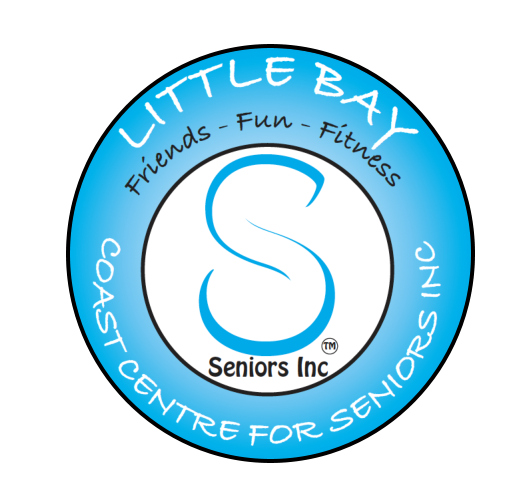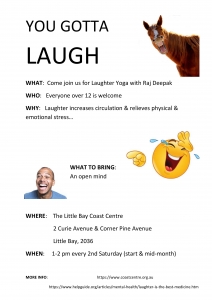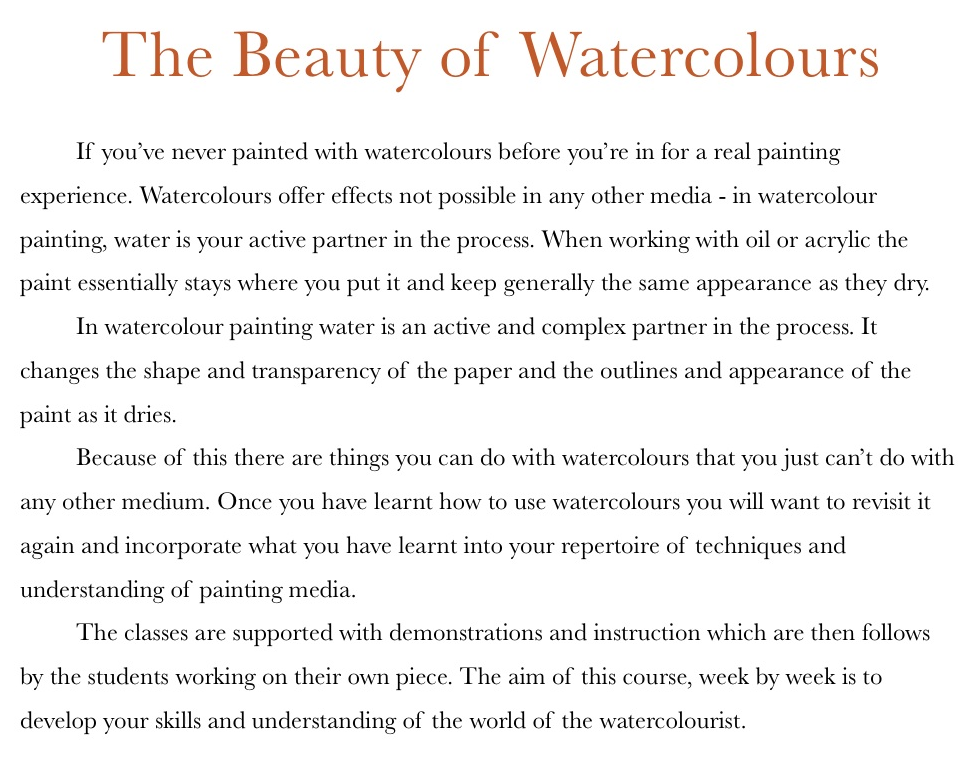New Class To Relieve Tension
/0 Comments/in Uncategorized/by Linda
Inner Moves – Mind Movement Dance (MMD)
Inner Moves Education provides well-being tailor made programs filled with tools to nurture and empower the self-healing journey.
This program, specifically designed by Tanya Brooks for Seniors, helps you put your mind in a calm state of being, you will lean simple tools to help you cope with daily life challenges, help aid the body to freely release tension, stagnated energy, move naturally from stresses to deep relaxation and dancing to keep the brain active. as it stimulates vitality and muscle memory.
How It Works:
Through mind exercises, movement and dance, these eight week courses are designed to assist you:
- Reconnect socially
- Focus and concentrate
- Improve memory
- Reduce stress and tension
- Reduce blood pressure
- Increase bone density
and so much more..
MMD
This unique fusion of mind exercises, movement and dance provides many well-being benefits and tools for those of all ages. Truly unique and fun, while at the same time improving health and well-being.
Mind Exercise:
Each week everyone will learn a new mind exercise which will incorporate anything from breathing techniques, meditation, muscle progressive relaxation, focus and music meditations and more.
Movement:
Starting with a full body gentle warm up, some elements of Tai Chi and more.
Dance: (No experience needed)
Everyone will be learning easy to follow choreography which keeps your brain active, as it stimulates vitality and muscle memory and creates strong social connections that increase your sense of happiness and well-being.
It’s in the action where the healing happens
Starting Thursday 3rd May 2018 at 1 pm until 2 pm
$10 per class
The Value of Staying Connected Online
/0 Comments/in Uncategorized/by Linda10 Good Things About Being On The Internet:
- Stay in touch with friends and family using video calling or messaging
- Shop for groceries from your computer and get them delivered to your front door
- Share memories, pictures and videos over email or social media
- Keep up to date with local, government, and community activities
- Pay your bills from the convenience of your home by using online banking
- Conduct medical appointments at home with online video (via e-health)
- Keep the grand kids entertained on the internet when they visit
- Watch and stream TV shows online through services like YouTube, Netflix, Stan, Presto and Catch up TV
- Read books, newspapers and magazines articles online from your smartphone, tablet or computer
- Use social media like Facebook and Twitter to stay in touch with local communities, friends and family.
Mental Benefits
Knowledge of the Internet can also help improve mental alertness. Aside from the vast information from the Internet, it is also a great source for video games. Why video games? According to the Psychology and Aging magazine, playing video games helps improve cognitive functions which normally decline during the passing years. Strategy video games help in keeping our brains razors sharp and improve hand-eye coordination.
Learning and Leisure
One can continue learning by browsing the Internet to get more information on important topics, such as health and fitness. Watching tutorial videos related to their interests such as painting, playing the piano, gardening, flower arrangements, cooking, and travel, among others, is a great way to expand knowledge and keep the creative juices flowing.
Reconnect With Old Friends via Social Media
Facebook is the most popular social networking site that brings family and friends together. Share photos, chat online, play games, search old friends and more. What an exciting way to reconnect with old friends to whom they have lost throughout the years.
Helps Build Relationships With Grand Kids
Many seniors or grandparents feel they are being left behind because they cannot keep up with the world. With Internet knowledge and use, seniors can still catch up with their grandchildren, bridging the gap between them. Having a common activity together and frequent interaction via the Internet helps to build a better relationship.
Join our Tech Forum!
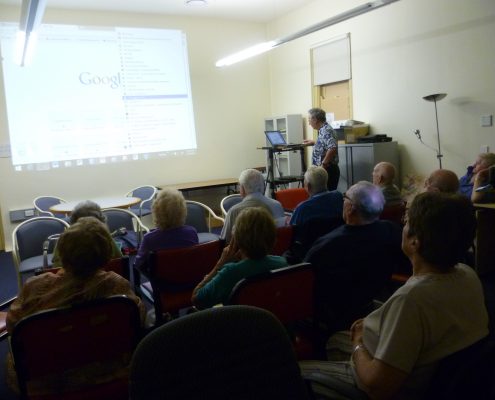
On the first and third Monday of every month (12 noon – 2pm)
One on one sessions are also available on Tuesdays and Thursdays
The Benefits of Walking
/0 Comments/in Uncategorized/by LindaSome people may not be able to do full exercise or go to the gym, but just walking 30 minutes a day can greatly improve your health and is also a great way to maintain your overall health. If you can’t manage 30 minutes a day, remember ‘even a little is good, but more is better’.
Regular walking has multiple benefits:
- Help to maintain a healthy weight
- Prevent or manage various health conditions such as, heart disease and Type 2 diabetes
- Strengthen your bones and muscles
- Improve your mood
- Improve your balance and coordination
- Walking with others can turn exercise into an enjoyable social occasion
The statistics are impressive: The American Diabetes Association says walking lowers your blood sugar levels and your overall risk for diabetes. Research shows that regular walking lowers blood pressure by as much as 11 points and may reduce the risk of stroke by 20% to 40%.
In a study by the New England Journal of Medicine in 2002, it found a 30% lower risk of cardiovascular disease, compared with those who did not walk regular.
And according to a 2014 study in the Journal of Experimental Psychology, Learning, Memory, and Cognition, going for a walk can also spark creativity. “Researchers administered creative-thinking tests to subjects while seated and while walking and found that the walkers thought more creatively than the sitters,” says Jampolis.
Walking can also keep your legs looking great. As we age, our risk of unsightly varicose veins increases—it’s just not fair. However, walking is a proven way to prevent those unsightly lines from developing.
If you already suffer from varicose veins, daily walking can help ease related swelling and restlessness in your legs and can also help delay the onset if you are prone to them.
Come join our walking group, The Coasters!
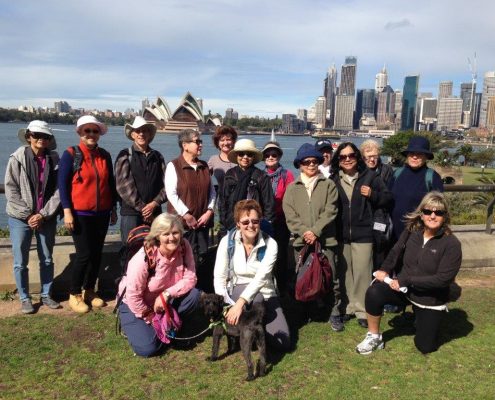
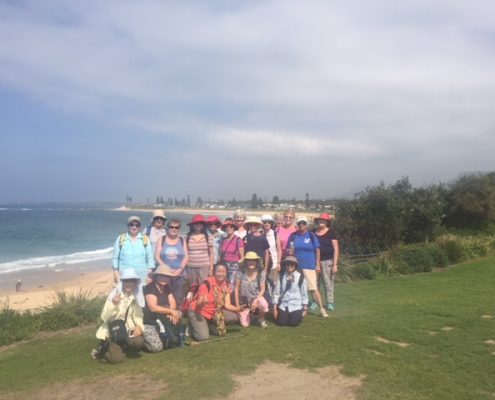
Walking For Pleasure every second Friday (Feb – June 2018)
Contact the Coast Centre or visit the Coast Centre office for the schedule or more information.
The Benefits of Playing a Pinball Machine
/0 Comments/in Uncategorized/by LindaPlaying with a pinball machine may just seem like a fun past time, but did you know that there are a multitude of benefits?
Playing with a pinball machine can actually be crucial in developing or maintaining motor skills. It is widely known that to be good at playing pinball one has to have good hand eye coordination. Hand-eye coordination is the ability to track the movements of the hands with the eyes, thus enabling the eyes to send important signals to the brain about hand movement. Poor hand-eye coordination can greatly compromise your ability to exercise and can also affect everyday tasks such as writing.
In learning how to play or by playing pinball frequently, hand eye coordination can be increased two fold, as well as developing lighting fast reflexes and incredible timing. Pinball can be quite a mental game, as you think of moves and strategies on the spot.
Hand-eye coordination tends to deteriorate with age. However, regular physical activity that utilises both fine and gross motor skills can help.
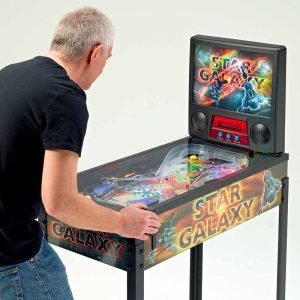
Pinball can also help those dealing with grief. As mourners’ movement between different stages of grief such as shock and depression can be unpredictable, this process has been likened to the workings of a pinball machine, according to Mental Health Practice journal.
The authors of the September 2012 journal are in no way trying downplay grief or suggest it is a game, but they are however trying to explain through the metaphor of pinball that the process of grieving is not linear.
With grief, there can be triggers that can prolong or even restart the process – just like on a pinball machine, in which pressing the buttons can prolong the game. Anniversaries or special events can examples of triggers for mourners. Many mourners describe themselves as ‘bouncing’ from stage to stage in the grieving process, which is similar imagery to pinball. Mourners can seek comfort in the fact that their responses are normal and grieving doesn’t have to calculated. Grieving takes time and effort. This model can also be adapted to help those coping with separation, divorce, loss of employment or financial loss, say the authors.
So come by on Seniors Week (April 9-13) and play some good ‘ole vintage pinball for free!
Ballet Classes Can Strengthen Your Mind
/0 Comments/in Uncategorized/by LindaGoing into a ballet class most people expect the physical strain that comes with the grace, poise, posture and foot work that ballet dancers are famous for enduring. However, people forget that ballet also works the mind.
“You need to really think during a ballet class,” says Dianne Harrison, principal at Elancé Adult Ballet School in Melbourne. “Your brain needs to be several steps ahead of your body. It must instruct and control multiple muscle groups, apply the correct techniques to prevent injury and create artistry through emotional expression. And then you dance!”
Fortunately, our brains respond well to these challenges. A 2017 study in Frontiers in Human Neuroscience journal compared the impact that both dance and repetitive endurance training had on the hippocampus – the part of the brain that is mostly associated with memory.
As a result of the different arm formations, steps, rhythms, and speeds, the study found that ballet dancing led to a behavioural change through improved balance.
It found that while both had a positive impact, only dancing led to a behavioural change through improved balance. The authors attributed this to dancers having to learn new routines, as well as different arm formations, steps, rhythms and speeds.
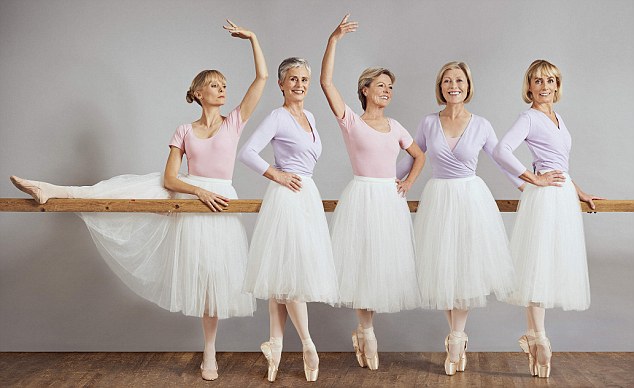
Meanwhile, a 2003 study in The New England Journal of Medicine showed that of 11 physical activities, only dancing was associated with a lower risk of dementia.
Luckily, ballet, however ungraceful, moves us forward.
A Tale of Three Cities – Calcutta (India), London (UK), Sydney (Australia) – By Eunice Abbey
/0 Comments/in Uncategorized/by LindaFollowing the sudden death of my mother Esther in 1952, my father Harold Rose, decided to use all his savings to send me and my three elder siblings plus their spouses, to England. I was seventeen. We were leaving a privileged life in Calcutta, which had once been the capital of the British Indian Empire during the “British Raj”. Our family was comfortably off by Anglo-Indian standards, measured by the fact my father was a senior engineer in a well-known British company, we had servants and he owned one of the very few motorcars in the city at that time, we owned our own home and could afford simple pleasures. Unlike children today we never went out unaccompanied, were never spoilt, nor did we want for anything. We were a very content and close knit family. Losing my mother at such a young age was devastating for me as the youngest of four. My sister was nine years older and married, my brothers were caught up in their own search for good jobs and fun. I, on the other hand had never even braided my own hair!
Arriving in Southampton, December 1952 was more than just a culture shock. Anglo-Indians were not considered “Indian” back home and certainly not regarded as English in the UK! Rationing was still in place following the war. With little or no winter clothes we struggled to find accommodation relying on distant relatives, we suddenly found ourselves as unwelcome foreigners, there being very few people of colour in England in those days! Times were difficult, my college educated brothers struggled to find work in their chosen professions despite degrees issued by the “British curriculum” we had studied in India. Thankfully, my Senior Cambridge qualifications had allowed me to attend secretarial college and I was extremely fortunate to find work in the Ministry of Defense, Whitehall. My father joined us after a few years and lived with me in Wimbledon until his death in 1967.
Move forward thirty years and I was settled, married to William with two children of our own. As a close family my brothers and my sister lived within easy distance of us and would always gather for birthdays, weddings and Christmas and any other excuse to get together and reminisce. Consequently, my children have grown up knowing the love of a very large family and the support of very close Anglo-Indian friends who had also found their way to London. In our culture everyone is “Aunty” or “Uncle” and sometimes my kids were a little confused as to whom they were actually related to!
Looking back on those early days of struggle, it is so gratifying and yet so unbelievable that Bill and I were able to ensure our children experienced nothing of those trying times, but we certainly made sure they appreciated what we had been through and how far we’d come. For my son to be able to own his first apartment by the age of 21 and my daughter to attend university in another city, made us both very proud and grateful for the sacrifices my father had made to get us to what he knew would ultimately be a better life for us all.
Forty-Four years on and looking forward to retirement my life fell apart. My daughter went travelling to Australia and announced on her return that she was going to emigrate! This was fantastic news as both Bill and I loved Australia and had even looked into become “ten pound poms” in the late 70s. The same day she submitted her migration papers at Australia House, my beloved Bill collapsed at home, was taken to hospital with a burst aorta and died. It was Christmas Eve……
The next year was difficult, coming to terms with the grief and the impending loss of my two children, my son had also decided to emigrate having heard his sister’s stories and knowing his career could also flourish. I would never hold them back, as the poem says “The two most important things we can give our children are roots and wings…” Fortunately for me, the first thing they did on arrival in Sydney was submit an application to sponsor me. How fabulous! Well it took ten years to be approved but during that time I was able to holiday with them once a year for a few months at a time, while all the time thinking –it’ll never happen! My visa finally came through in 2010 so I packed up my life, belongings and courage and made the journey, once again leaving the security of my home, friends of 58 years, and the families of my siblings. Yes I was coming to be with my children, yes I was going to be close to my grandkids and be able to watch them grow up but I knew my children had their own lives. I didn’t want to be a burden on them or rely on them for anything except love.
Little did I know my daughter, who knows me so well, had done her homework. “There’s a place down at Little Bay called “Coasts,” she told me. “I think you’ll like it, they have activities and classes” (she knows how I love to take classes!) Well, what can I say? I read all the leaflets, explored the location and signed up to 1 or 2 and then 3 now 4 classes! I made new friends, special and true friends who helped me settle in, find my feet, have fun again and feel part of a community. Thank you Coast Centre for all you do. There are too many of us struggling to cope with loss, isolation and even just the senior years. I am so grateful for the welcome I received and hope many more in the community will support and benefit from the fun, warmth and friendship the Centre offers.
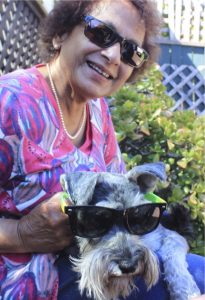
Tango Is Good For Your Brain
/0 Comments/in Uncategorized/by LindaResearch suggests that dancing the Tango greatly improves mental health.
Tango has shown a greater increase in mindfulness, as one has to be fully engaged in the present moment to execute complicated dance moves.
You can’t have a chat and dance tango.
This passionate dance needs effective communication between partners and to be able to really connect and feel what your partner is “telling”, you need to be 100% present every moment.
In this way, Tango can also act as a form of meditation. Especially if you close eyes, you will feel and connect with the music as well as move and flow with your dance partner.
It was also found to be the only physical activity associated with a lower risk of dementia. Tango is all about improvisation, as there are no fixed dance moves to follow. The dance requires split-second, rapid-fire decision making, which makes us use several brain functions at once — kinaesthetic, rational, musical and emotional — further increasing your neural connectivity.
When we take decisions by doing new physical or mental activities, our brain creates new neurological pathways. Because so many decisions are involved in dancing, it will ultimately help strengthen our muscle memory and the communication between multiple different neural systems.
You can join our Tango classes at the Coast Centre, commencing March 7, 2018 – learn more here

